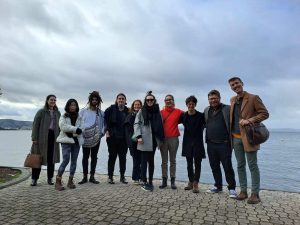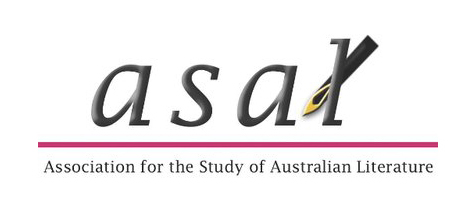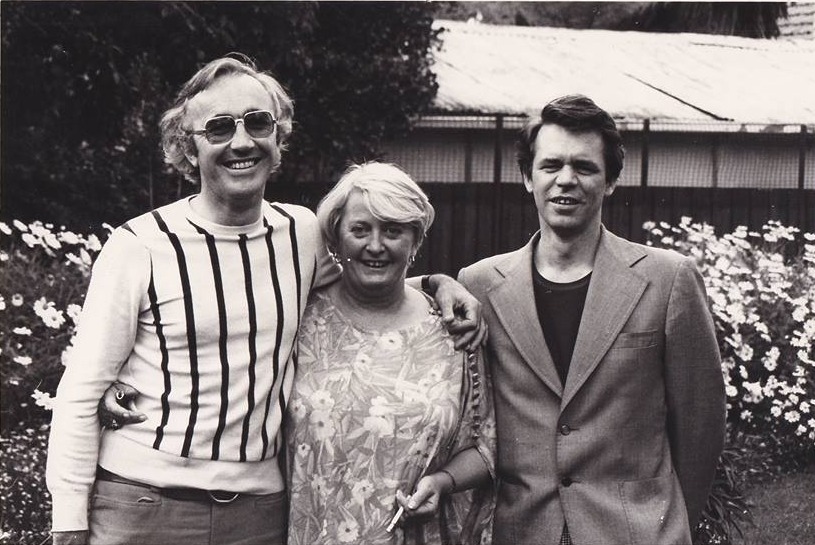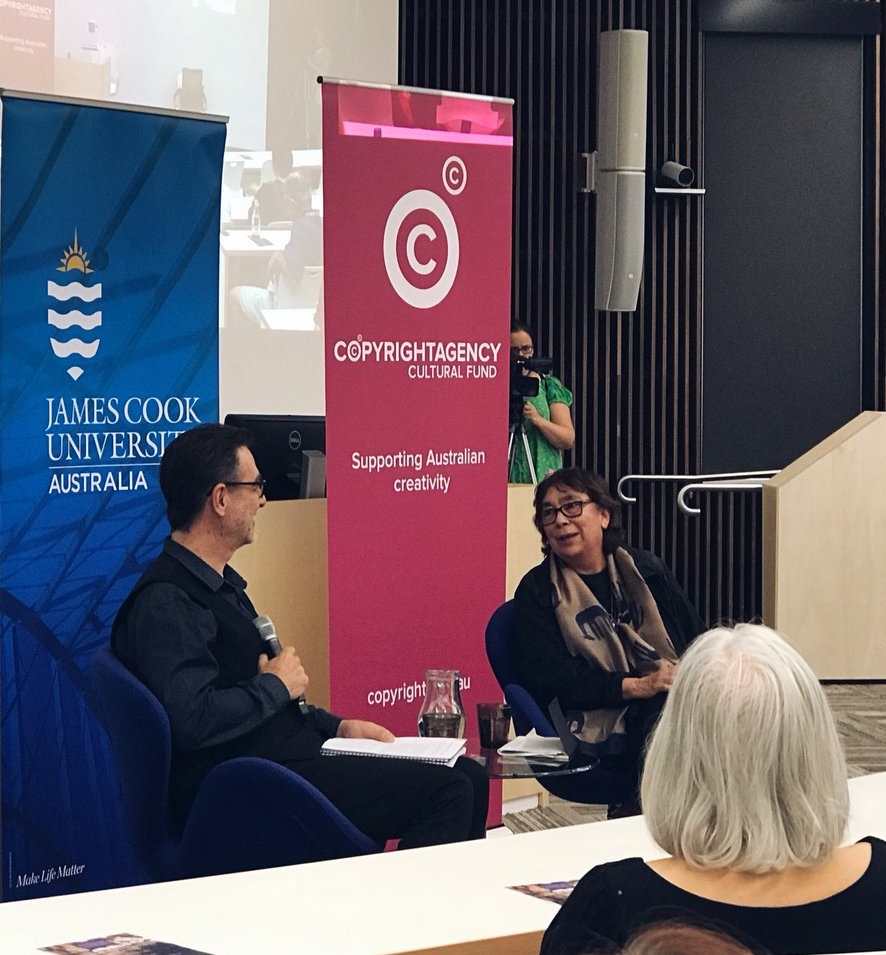Conferences followed in Brisbane in 1980 and Adelaide in 1982 and since have been held yearly, usually in July, on university campuses across the country, including the country campuses of the University of New England (Armidale), Charles Sturt University (Wagga Wagga), Southern Queensland (Toowoomba), James Cook University (Townsville and Cairns) and University of Ballarat (now Federation University). The shift from region to region, state to state, allowed ASAL to feature the writers and literature of each region so that its delegates learned about the literary achievements of different parts of Australia. The attendance of writers at the conferences meant that the gap between writers and critics narrowed a little. Many academics were delighted to be able to talk freely with writers they admired, including Les Murray, Roland Robinson, Beverley Farmer and Olga Masters in Ballarat (1984), Helen Garner and John Tranter at the Armidale conference (1985), Thea Astley and Elizabeth Jolley in Townsville (1986), David Foster and Gerald Murnane in Launceston (1987) and many more. Sometimes this included dancing with the ‘stars’, with memorable dancefloor performances by Judith Wright (dancing with Bruce Bennett) and AD Hope (solo) at Armidale in 1985. In the 1990s ASAL added a shorter conference to coincide with the regular committee meetings in February or March; these have been more closely focused on a topic and usually held in public venues such as the State Library of NSW, the National Library of Australia and the Victorian Writers’ Centre in Melbourne. A ‘mini-conference’ was held in Darwin in 2018—the first ASAL conference in the Northern Territory.







